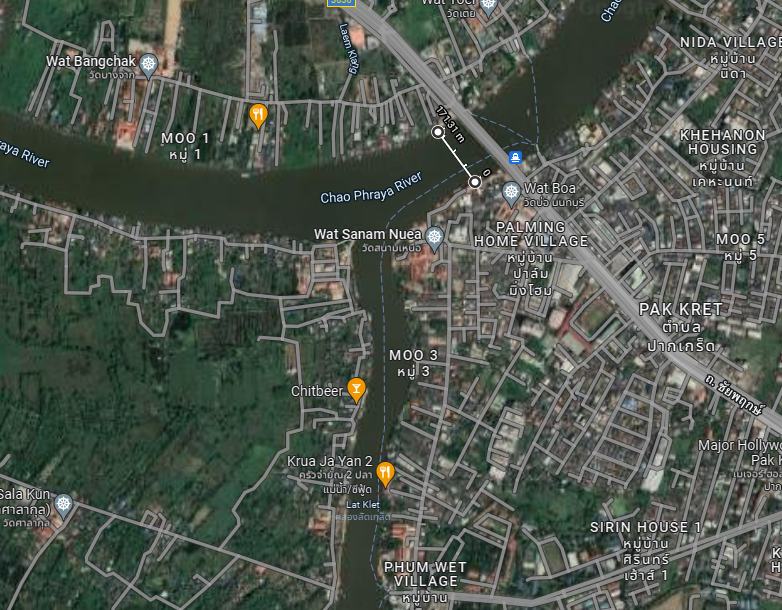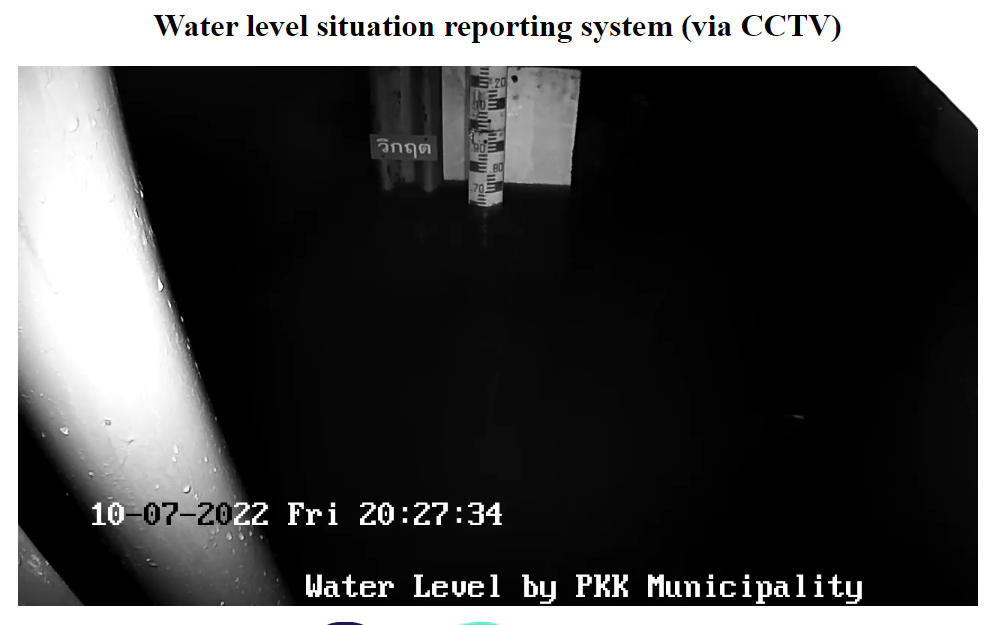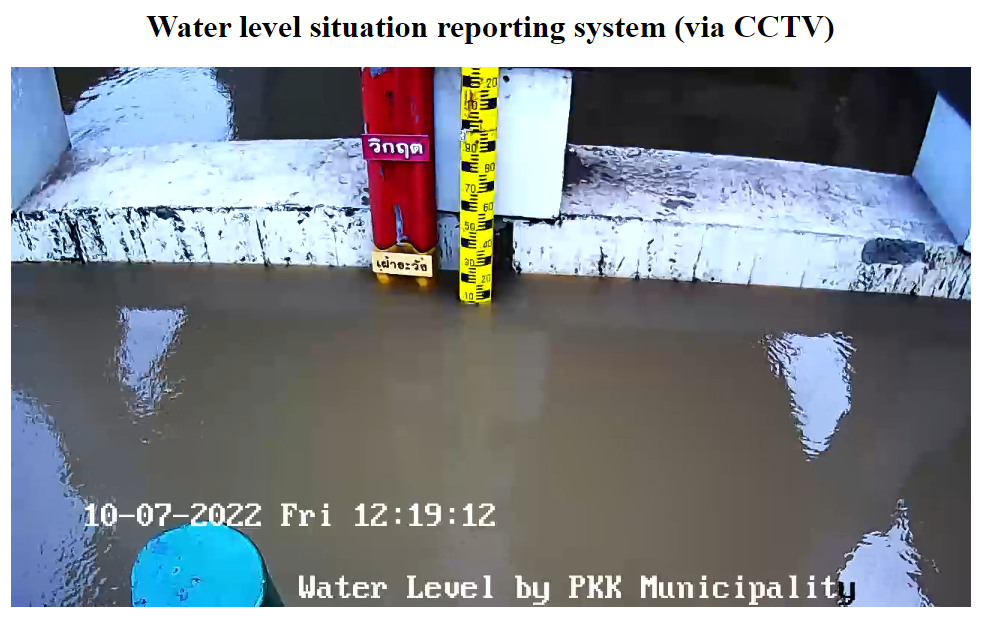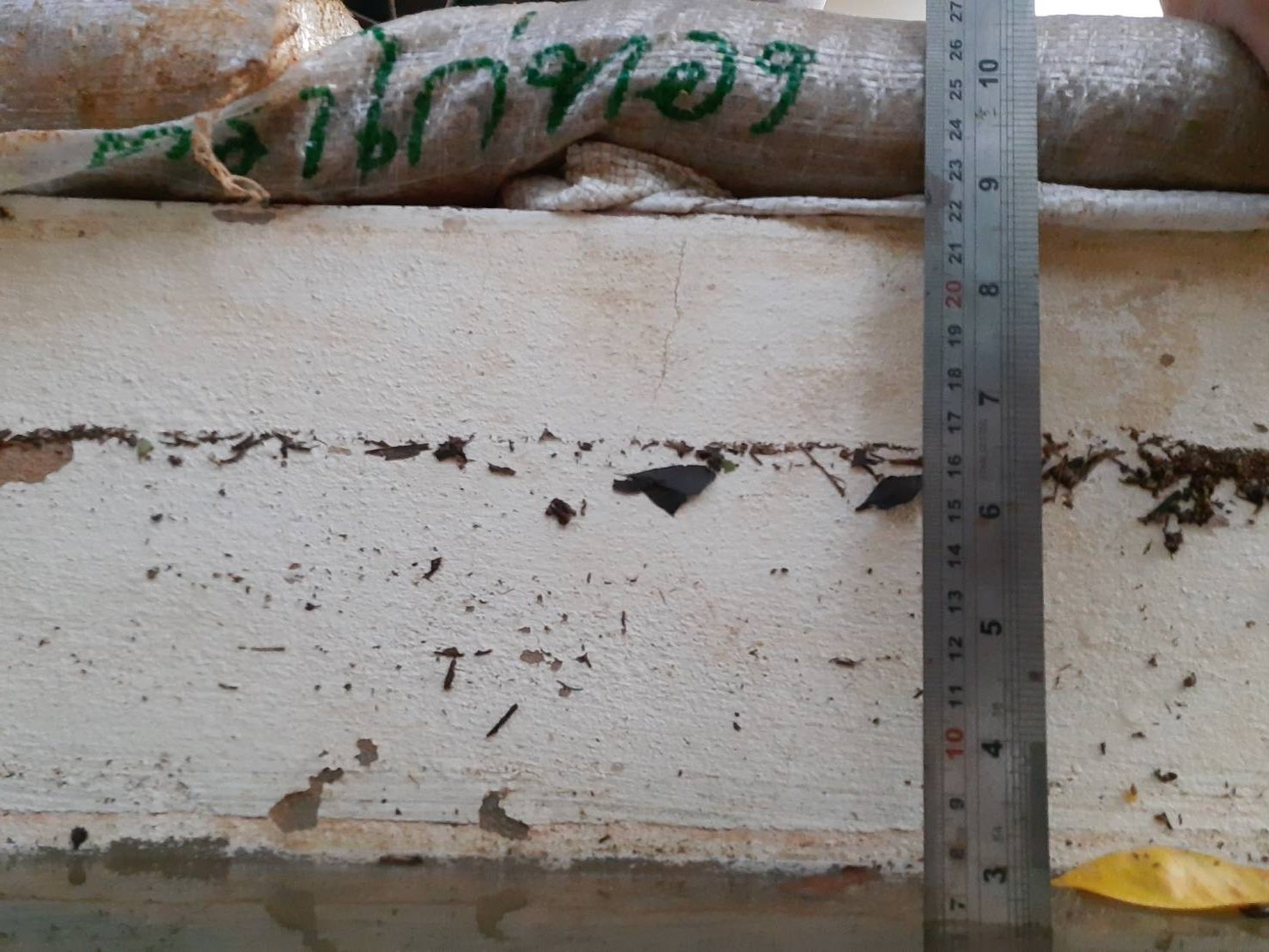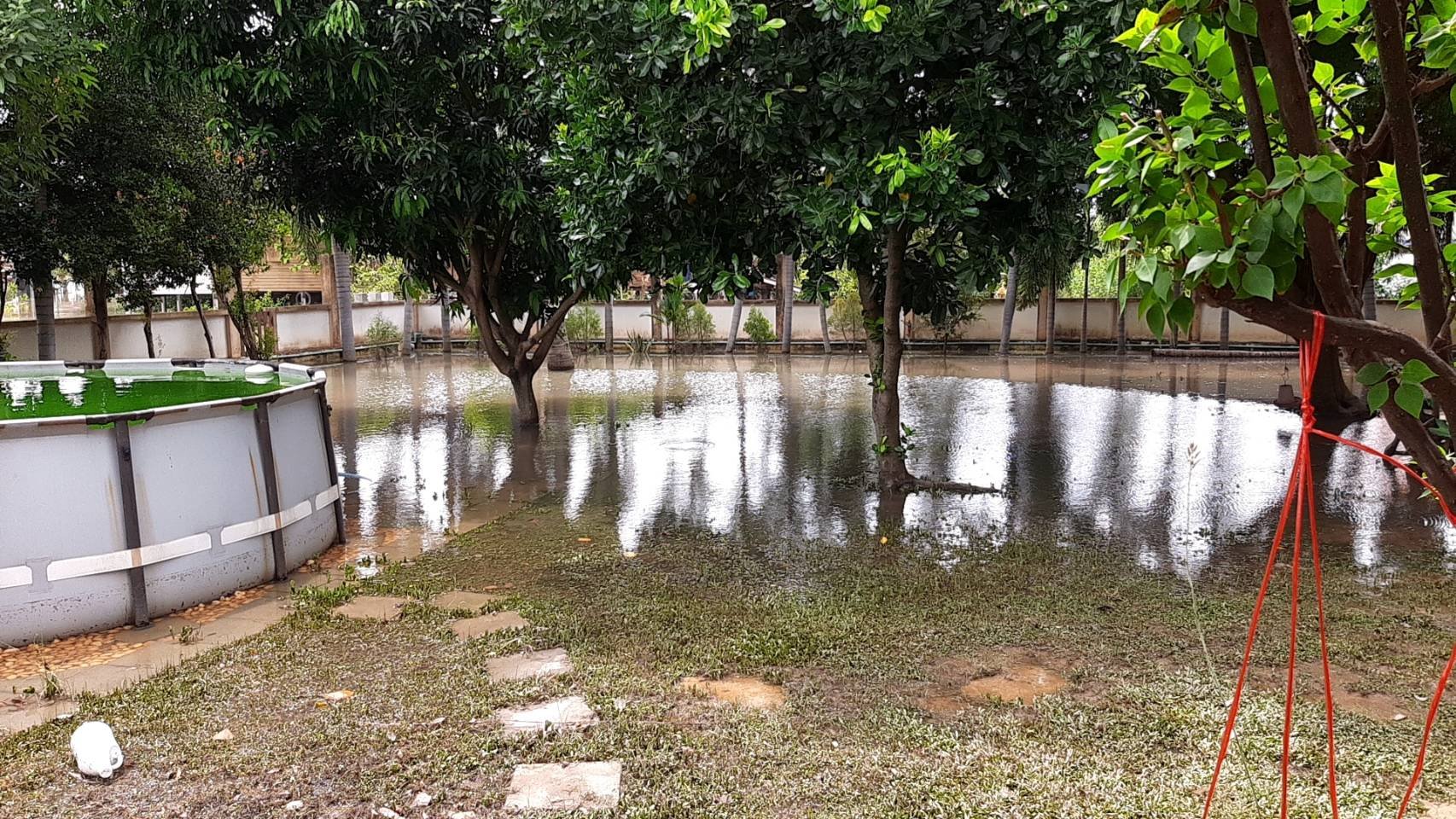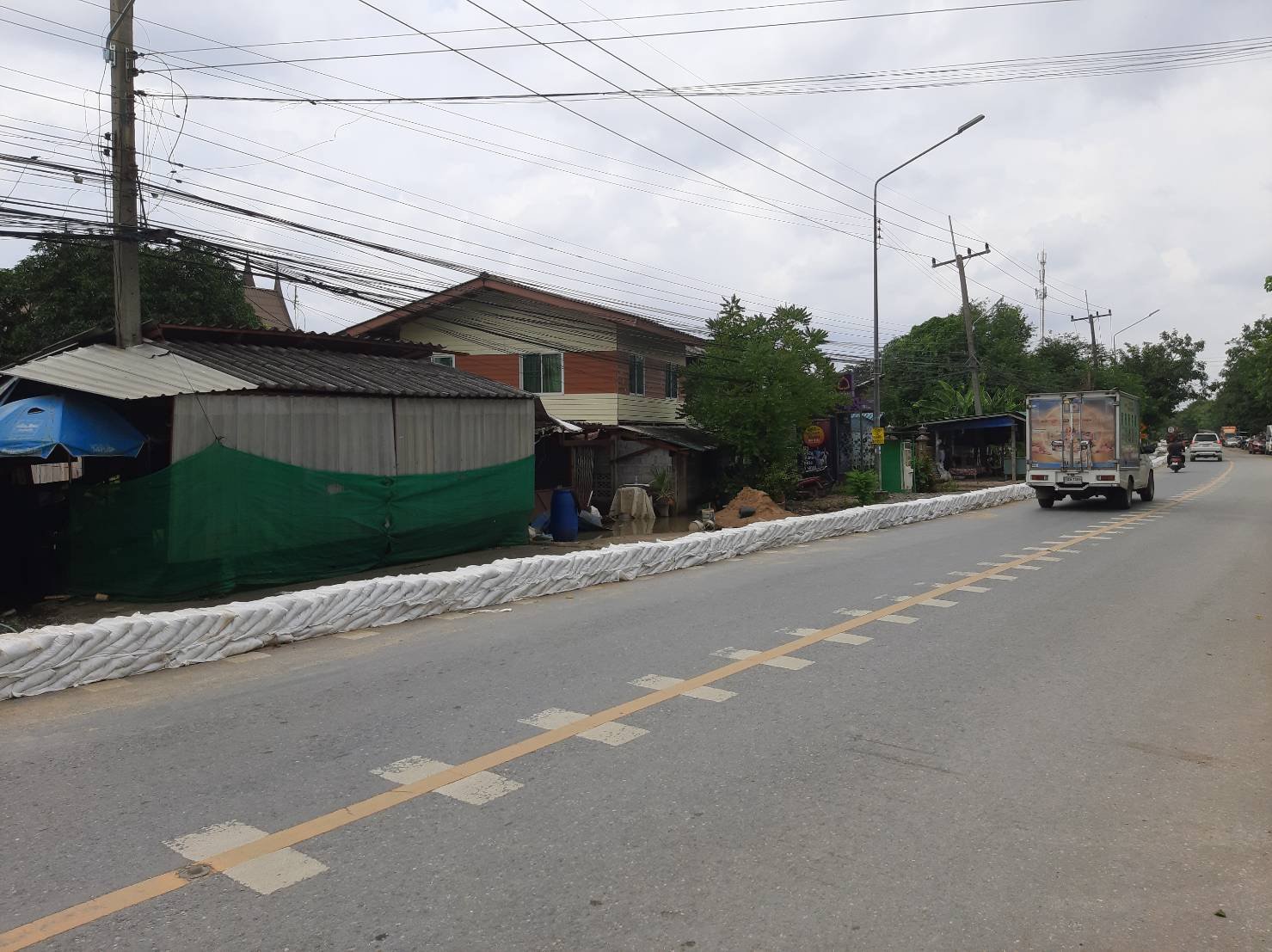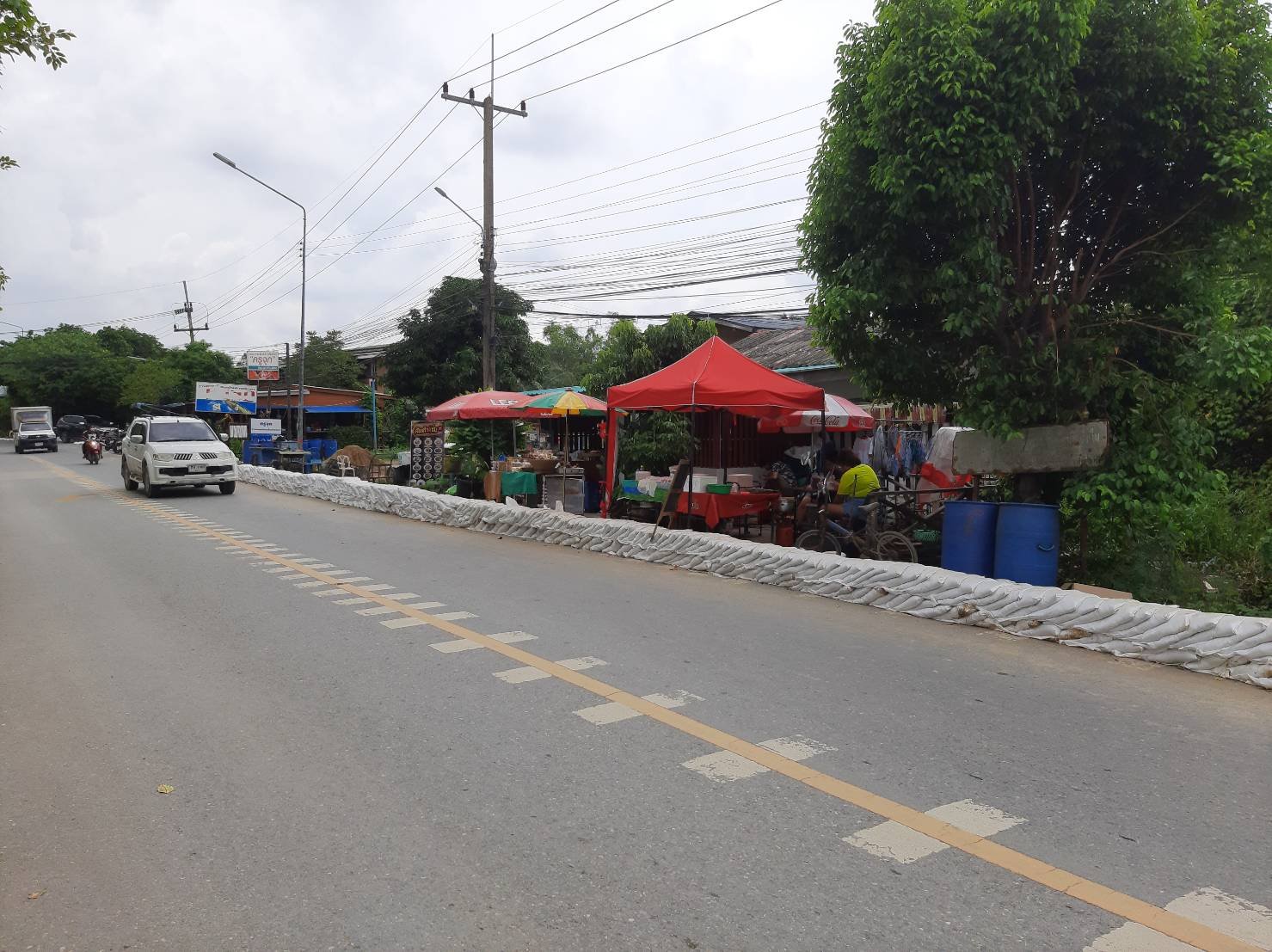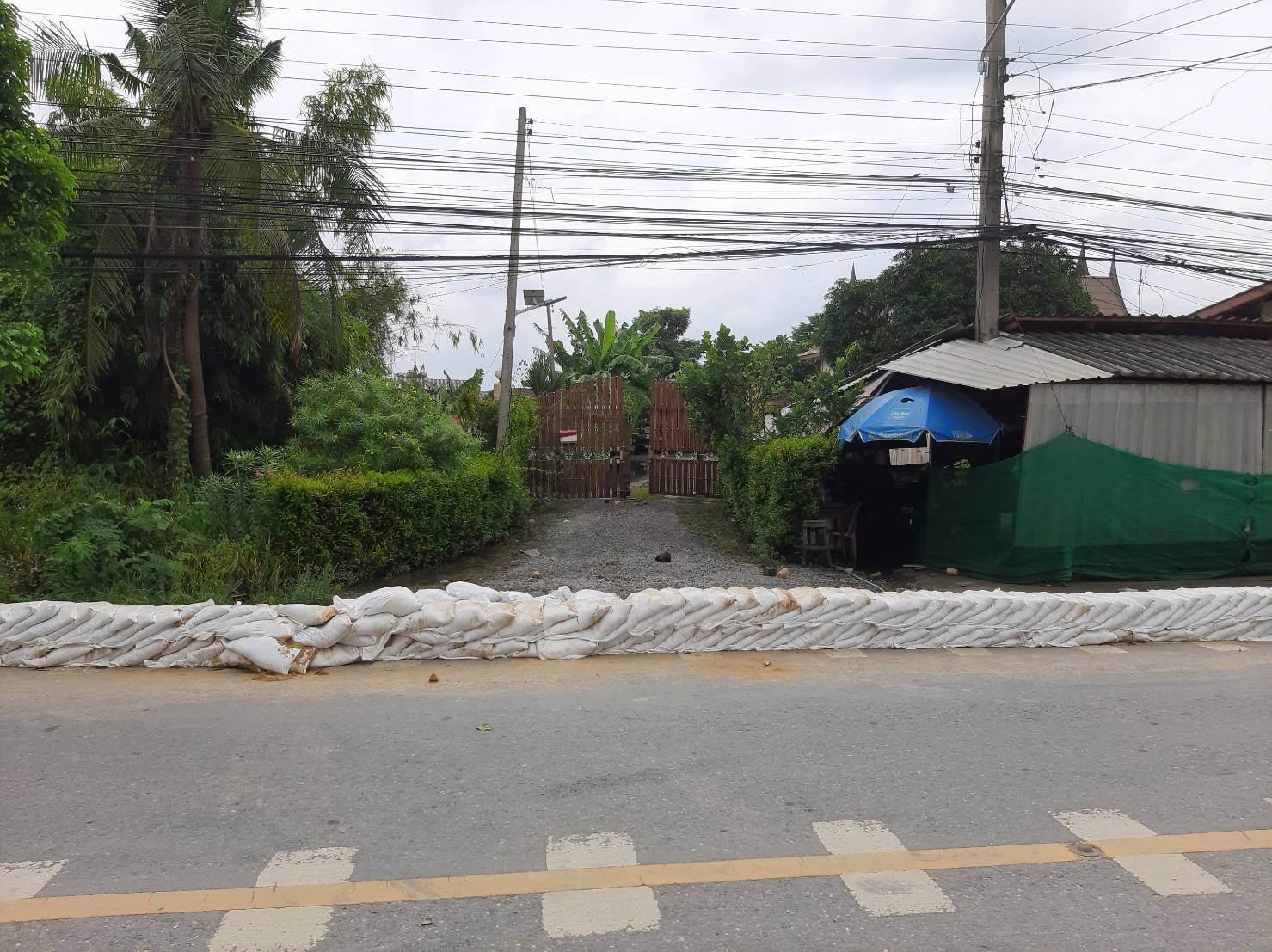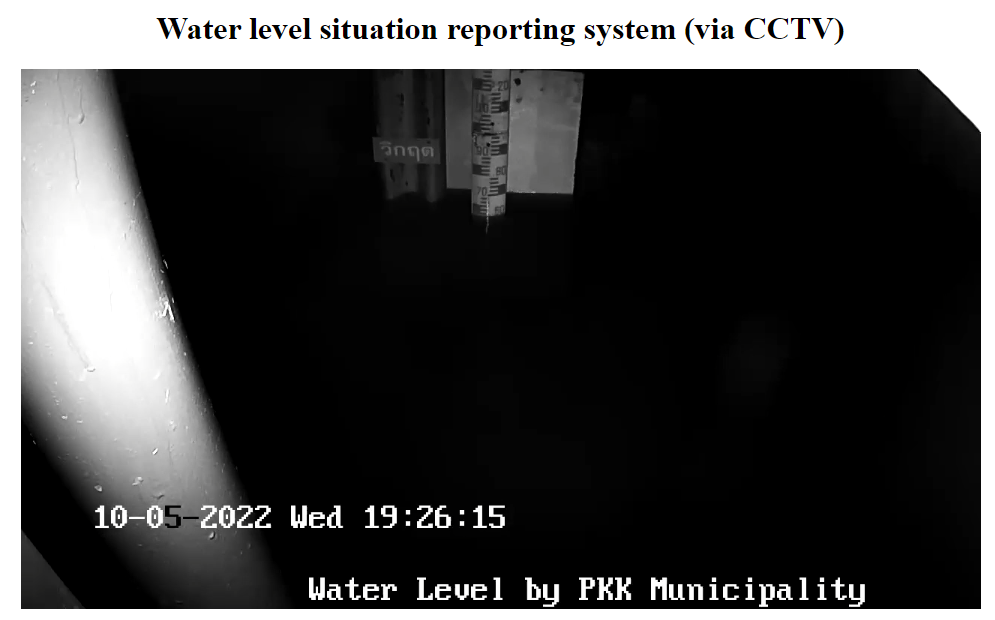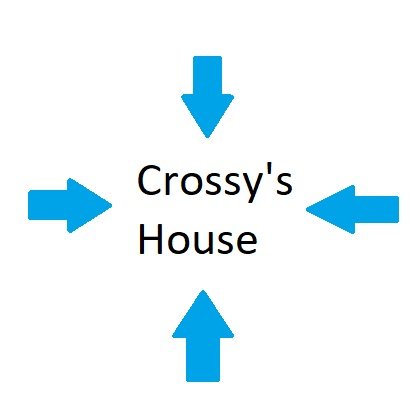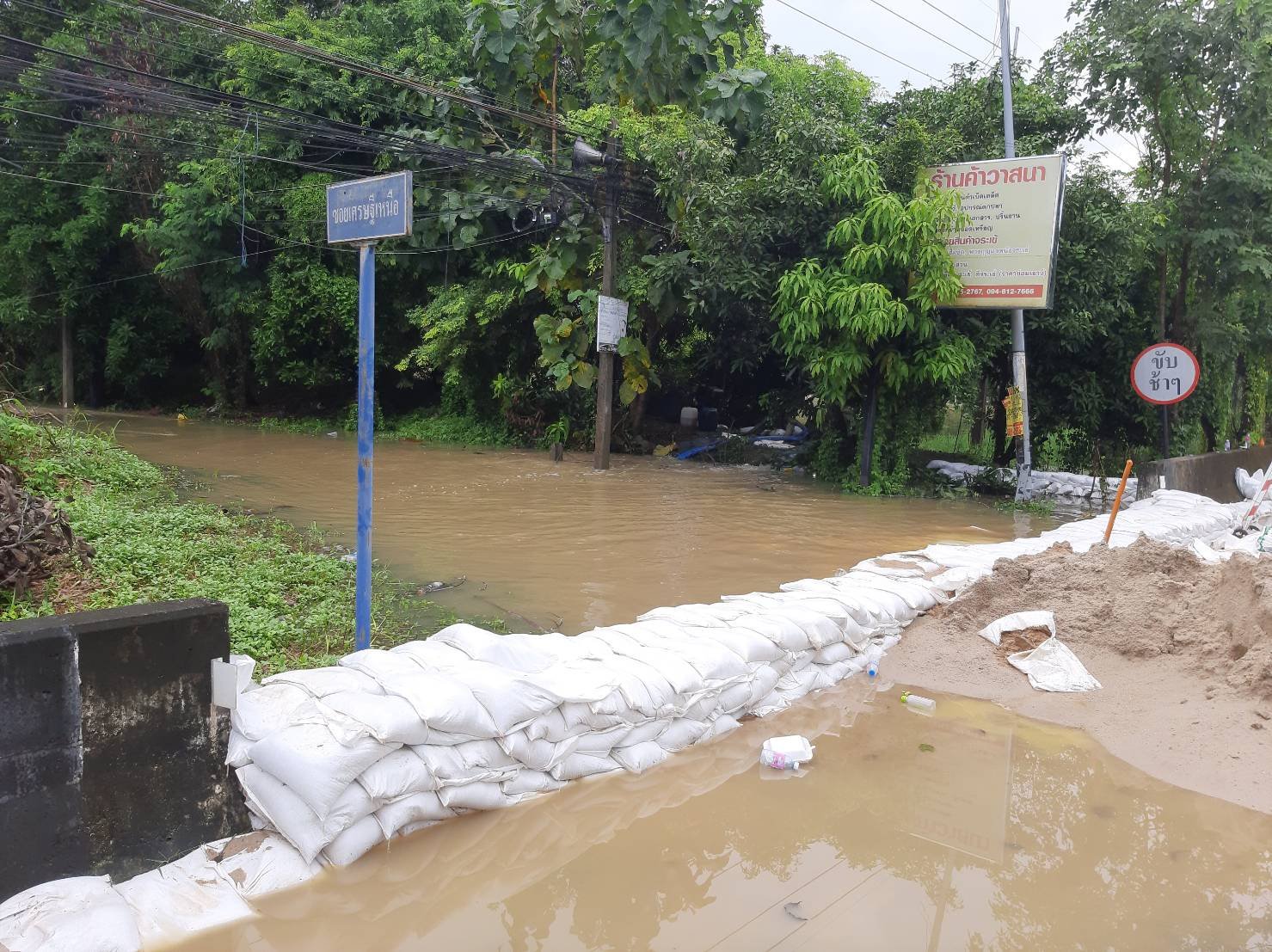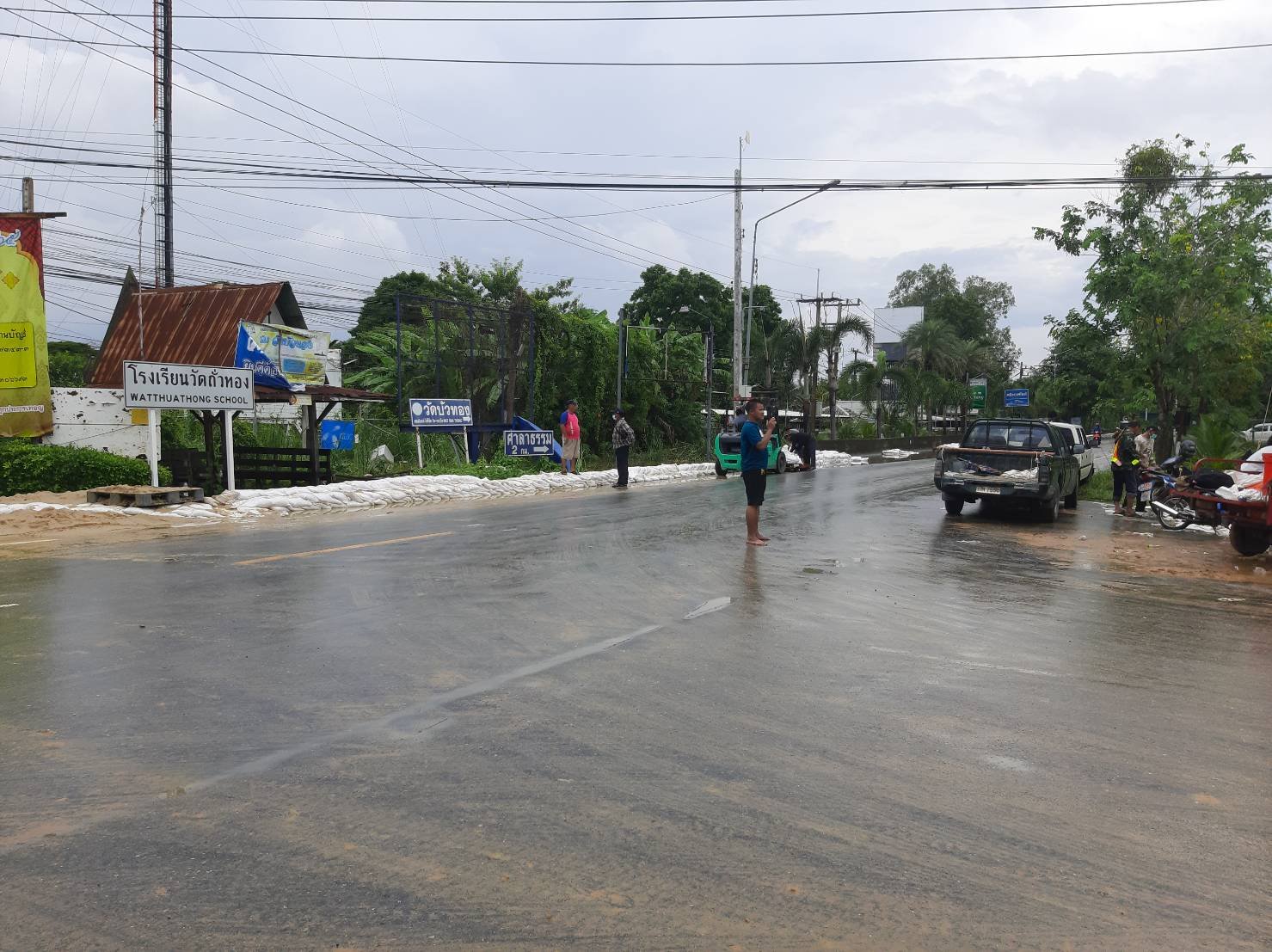-
Posts
46,451 -
Joined
-
Last visited
-
Days Won
2
Content Type
Events
Forums
Downloads
Quizzes
Gallery
Blogs
Everything posted by Crossy
-
As previously noted, I'm no hydrologist so I'm relying on grammar school physics ("Jack" Roberts our physics master broke his leg during our experiment to measure the velocity of light!). Anyway, the river at our location is 435m wide vs the width at Pak Kret of about 170m. So, if I'm right, our rise should be a bit less than half the rise at Pak Kret for the same increase in flow. Our river. Pak Kret (I'm not sure exactly where the level monitoring camera is).
-
And the resulting level at the house, pretty similar to the previous night ???? I have no doubt the levels will increase as the next pulse of water arrives, just how much we will see. Madam informs me that "someone high up" has told the Bhumibol Dam to hold further increases until Ayutthaya has drained a bit. We shall see. Found some useful detail of dam levels etc. here http://tiwrmdev.hii.or.th/web/index.php/en.html page even has instructions in English (mostly) ????
-
Better get my wet-suit out ???? And our ruddy power is out too ???? Running on the solar backup batteries / genset. EDIT Power just returned, was off 16:10 to 17:40 ????
-
Local low water at Pak Kret, looks pretty similar to yesterday. I'm no hydrologist, but hopefully we can equate that to high water being somewhat similar to yesterday too. I suppose we will find out this evening.
-
We knew the land was prone to flooding, it's riverside ???? We spent a not inconsiderable sum raising it by nearly 2m. Unfortunately, the gods (and the water management department) decided to raise the river by more than 2m this year ???? We also designed the house with the ground floor above road level, then 2011 happened and the road was raised, so we are now between the flood barrier and the river ???? Such is life!
-
Still dry inside this morning, our sandbags weren't challenged but there's doubtless more wetness on the way. I bought another sump-pump and Shera board to close up our downstairs room doors, just add silicone and screw in place over the bottom of the opening, shore up behind with a couple of sandbags, safe in the knowledge that having them means we won't actually need them.
-

Waterproof some outside connections/outlets.
Crossy replied to lujanit's topic in The Electrical Forum
I reckon your local metal-bashing chap could knock up a new set of rack mountings and a stand to jack up the power unit. Move the whole shebang 300mm up, extend the cables if necessary (use adhesive lined heat shrink to keep the damp out) and you're gold. Cost? Minimal compared to a new power unit. -
Very much so, taking it night by night. We have a backup plan for if the ground floor is breached which "should" see us good (but not comfortable) to 2011 levels. If we were actually to achieve that level then the sandbags on the road would have been overtopped. We shall just have to wait and see ????
-
Local high at Pak Kret. Slightly higher than last night, that said we have a fair bit of extra dampness compared with yesterday night at the equivalent time. Watching carefully but I suspect we will be OK tonight. Of course the geese are happy ...
-
Have you checked it does actually output 240V ish? If so just use L1 and L2 to feed your load. If you adjust the speed to 3,000 RPM you will get 50Hz too (and a slightly lower voltage as a bonus). Should be a good backup unit. You should be able to re-wire the output connectors to give 240V. It may be better (easier) to just make an adaptor lead for the actual 240V outlet particularly as it has a dual-voltage switch (there will be spaghetti inside). EDIT If you get a suitable plug and a local style outlet connect L1 of the L14-30 to L of the local outlet and L2 of the L14-30 to N of the local outlet (it doesn't actually matter) and ignore the neutral in the L14-30. Use a separate earth rod for your local outlet not the ground of the L14-30.
-
The garden at low-tide ???? I had to remove the pump from the pool to keep it dry, hence the lovely green colour ????
-
There is one actually, but it's controlled by a (closed) sluice.
-
OK, we survived the night, had to move the car out onto the road as the sandbagging was closing off our gateway. Our (non) entrance, we are between the flood defences and the river ???? The less than professional section was where we removed the bags to get the car out, like getting something back into the box you just removed it from putting sandbags back neatly is impossible.
-

Flood Concern in Northeast due to Overflowing Reservoirs
Crossy replied to snoop1130's topic in Isaan News
Yeah, sorry. We are on the northern edge of BKK so we expect the imminent arrival of your water ???? -

PM wades through the floods: Call for PM "until death do us part"
Crossy replied to webfact's topic in Isaan News
Were the platitudes particularly delicious ones? The problem with all the flood mitigation (I won't say "prevention") schemes is that thare's no really integrated plan. The piecemeal implementation of "fix the tall tree areas first" (tall-tree = richest) just moves the flooding to the next vulnerable area. Here in northern BKK it's the worst it's been since 2011 but "this year isn't as bad as last time". Hmmm, I wonder what's caused that? -

Bangkok bank problem
Crossy replied to hereforgood's topic in Jobs, Economy, Banking, Business, Investments
I just logged on to my BKK Bank account from my PC here in Thailand and got the same screen. Looks like they have updated something in the Terms and Conditions (who ever actually reads these?). You have to put a check in this box. before the Accept button will work. I don't have the App but I assume it will work the same way. -
2011 all over again! ???? Only worse for some because the "protection" that's been implemented since just funnels the water to the next weak point ????
-
No worries! If you can't make light of your problems you will end up in a padded cell somewhere!! I have plans in place to handle up to something like the 2011 levels, I just don't want to test them in case I'm wrong!
-

Flood Concern in Northeast due to Overflowing Reservoirs
Crossy replied to snoop1130's topic in Isaan News
Are we looking at the same level of water (mis) management that we saw in 2011?? Down here in the south we really can't cope with any more flow without serious issues ????



